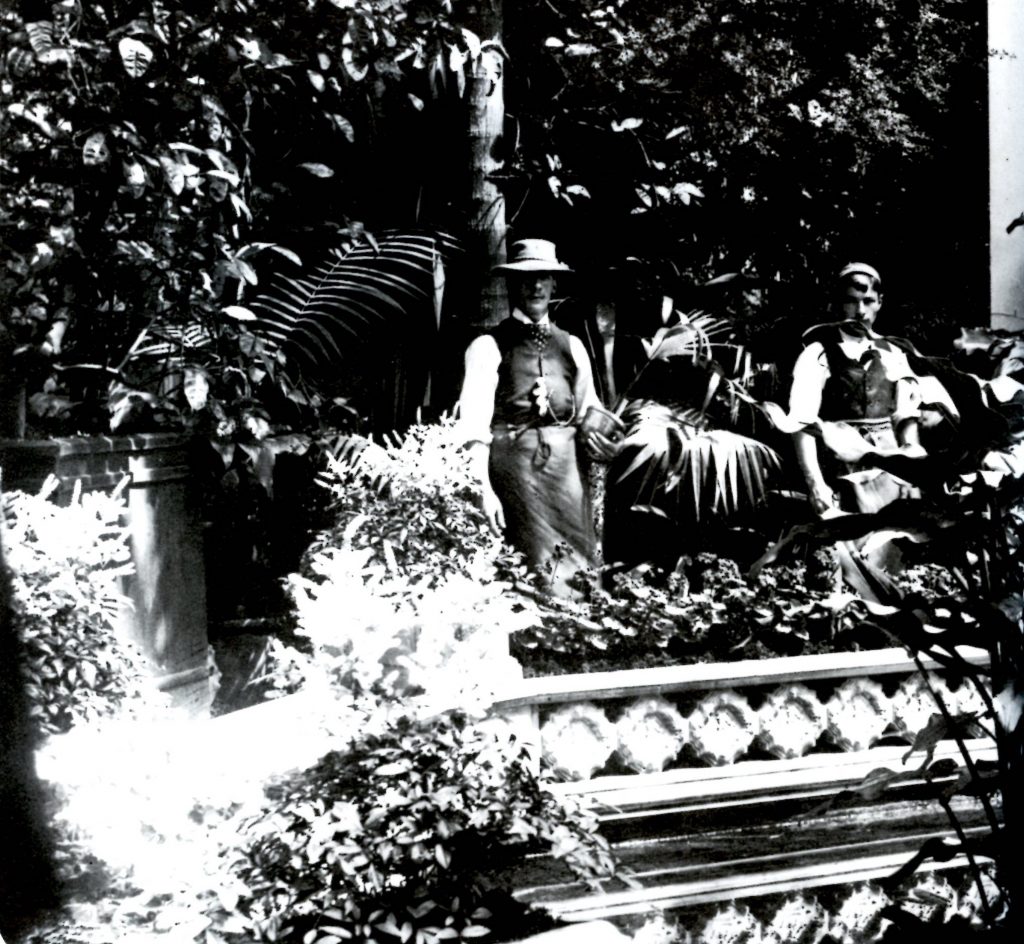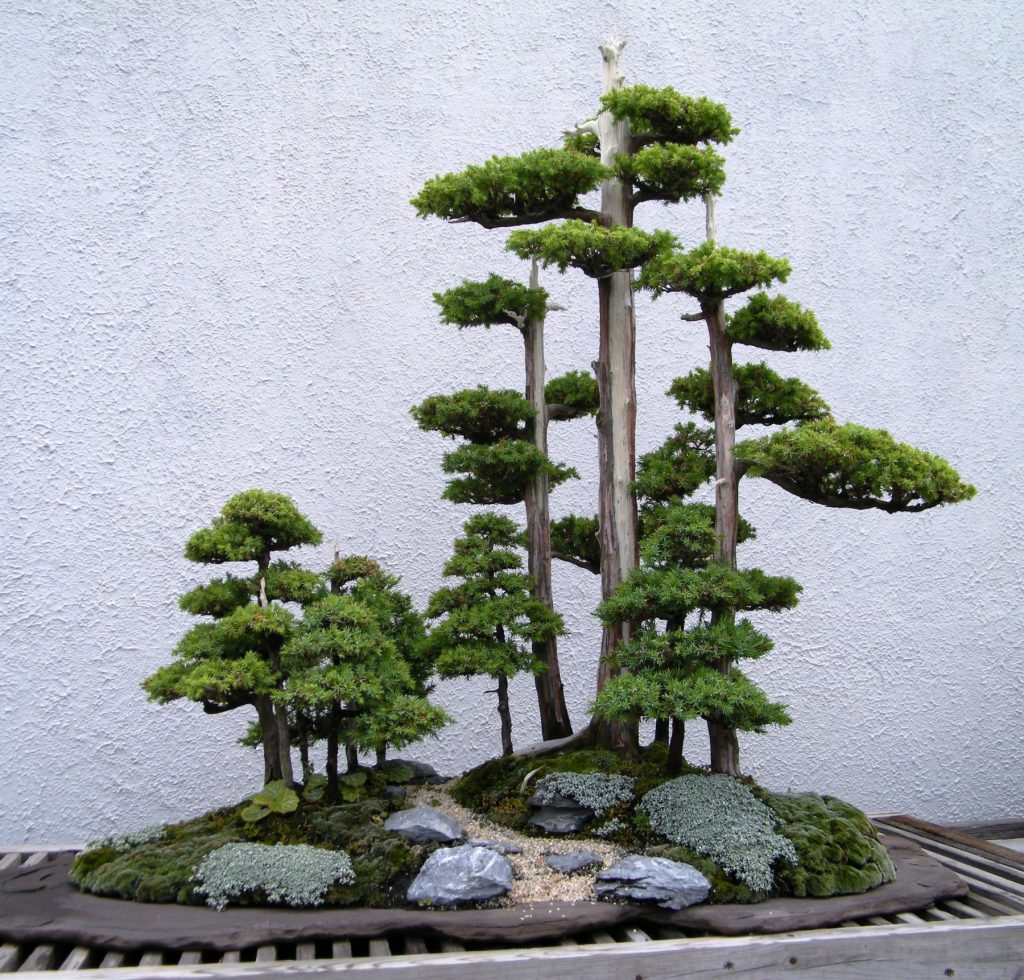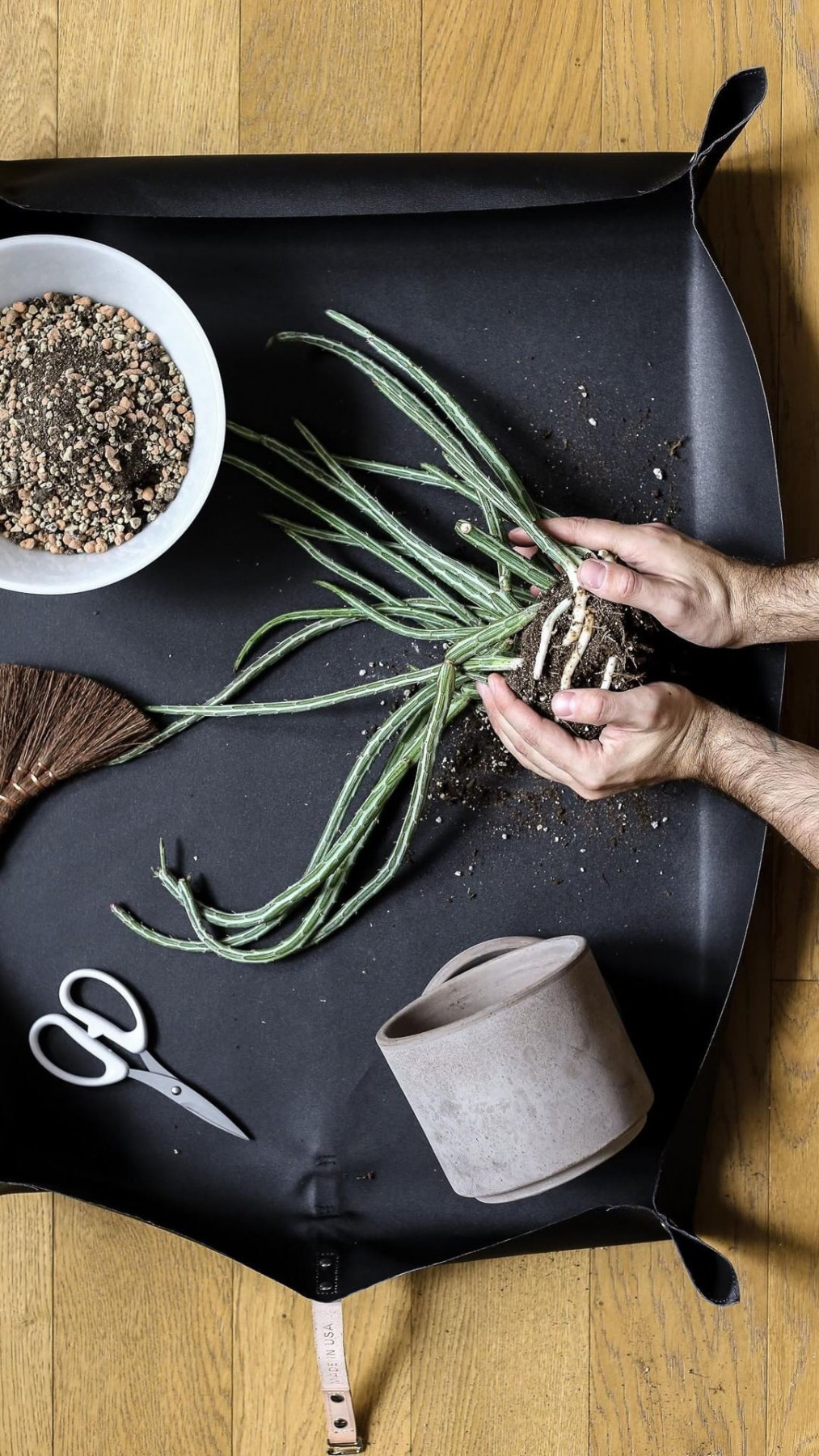Living in a house built in 1958, the design of which borrows heavily from California architect, Cliff May, I am only too aware that a Glasshouse structure suited to mid-century modern style needs to be spare in form and more committed to defining architectural space than serving as a decorative ornament. Having gone through several eras of Glasshouse design, Hartley Botanic is well-placed to come up with an ideal plan, which they have—and for an average-sized house like mine, the Opus Glasshouse suits the purpose exactly–small but perfectly formed.

If only the same could be said of furnishing and equipping the small Glasshouse. To keep growing space at a maximum, working space must necessarily be kept to a minimum. Typically, in my experience, this means having the pots, compost, trowels and sundry garden paraphernalia stashed in some other location, and having then to totter back and forth between Glasshouse and potting bench, laden with plants destined for display.

With their history of borrowing landscape, Japanese gardeners are adept at miniaturizing, a skill that goes beyond the art of bonsai; shrubs are snipped into “cloud’ formations; moss meadows clothe the sides of a boulder mountain, sand is tenderly raked into ocean ripples, water is led in through narrow rivulets to form doll-sized ponds and rivers. The garden itself was scaled down ever further to make bonseki or tray landscapes popular among Japanese nobility of the Muromachi period (1336-1573). Black lacquer work trays served as the base for arrangements of small stones and white or colored sand, all meant to represent some aspect of noteworthy scenery. Tiny tools were used to tend these tabletop landscapes.

While physical gardens may have been small, their maintenance was intense and, given their foundations in Buddhist thought, intentional. Kokan Shiren, a Rinzai Zen monk and poet of late 11th early 12th centuries wrote “Rhymeprose on a Miniature Landscape Garden”, in which he relates his awareness that a few rocks, some pebbles and sand arranged in a ceramic tray embodied the essence of the crown of Mount Fuji. His words seeded the culture of Japanese bonsai, bonseki and garden philosophy:
“Another thing, do you think this miniature landscape is big? Do you think it is small? … The person who waters the stones sets the cosmos in order… Anyway, the relative size of things is an uncertain business. Why, there is a vast plain on a fly’s eyelash and whole nations in a snail’s horn… Well what do you think?”

Not surprisingly, tools and gardening accessories inspired by Japanese design are well suited to the needs of us small-scale landscapers and conservatory gardeners. Entrepreneur product designer, Rhiannon Taylor, recognized a need among fellow urban, indoor gardeners, who like her live in small apartments with no outdoor space, but lots and lots of indoor plants. Describing her moment of vision, “I was using newspapers, recycled bags, etc. every time I needed to re-pot my plants and it was a MESS no matter what I did.” Necessity, it’s said, is the mother of invention: “I started thinking it would be great if there was a smaller tarp for people that don’t have space or easy access to the outdoors, something that could be rolled up and put away. My mom suggested having an edge or wall to help keep dirt contained.”
With that, her Los Angeles-based company RT1home was established to provide, as she describes, “a mixed collection of curated Japanese products and US designed and manufactured soft goods.” For my money, her clever canvas tarp (below) that snaps together at the corners makes a nifty moveable potting bench to keep potting soil where you need it, not on the floor. Made of marine-grade awning fabric, it is durable, wipes clean easily, and holds it shape even after being rolled up for storage. You can see the full range of RT1home products here.

As well as admiring her products, I congratulate Rhiannon on joining the ranks of innovative women–gardeners and otherwise–who are nudging the needle forward in so many realms of life, and whose collective goal of achieving “Balance for Better” we celebrate on International Women’s Day, on 8 March. And on 10 March, at the Huntingdon Botanic Gardens, two Chinese penjing masters will be giving a demonstration of this ancient art. More details can be found here.
©Ethne Clarke, 2019.










